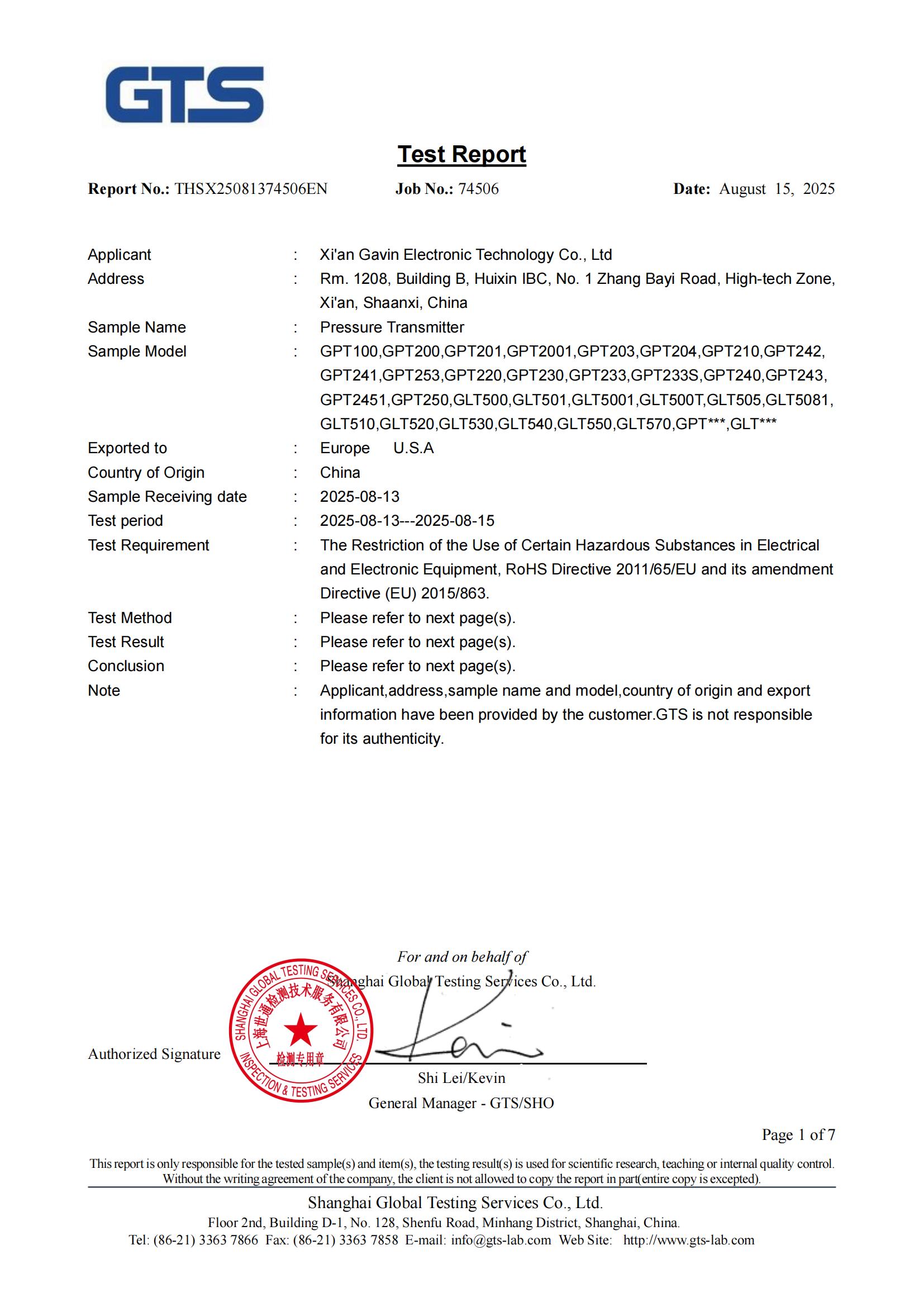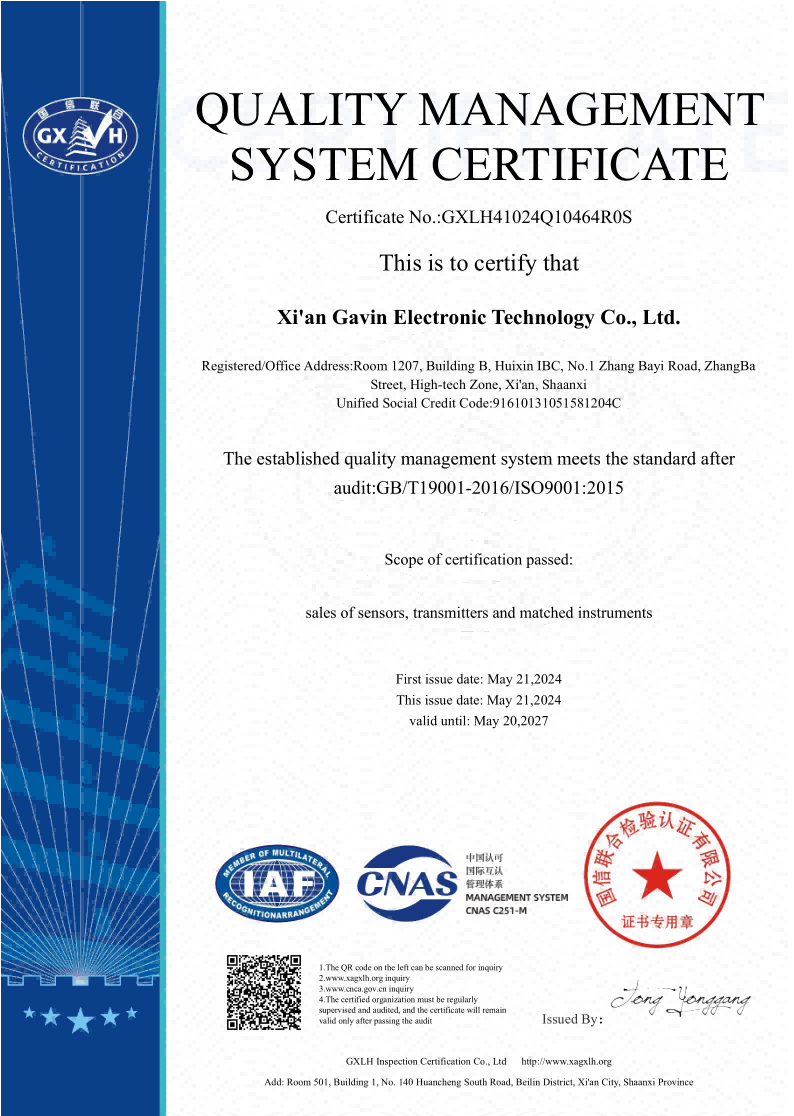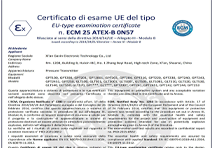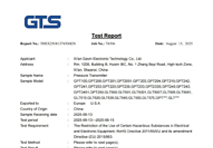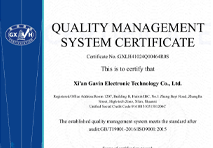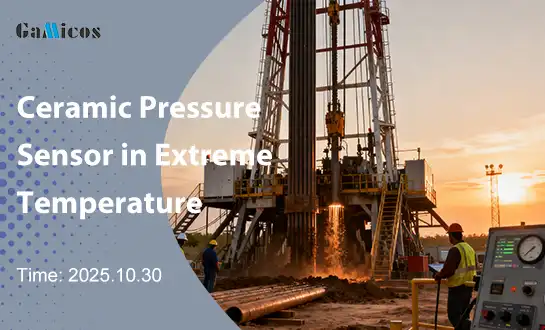Why Choose Ceramic Pressure Sensors for Harsh Environments?
Top Benefits of Ceramic Pressure Transmitters
Ceramic pressure sensors are the ideal choice for harsh environments due to their exceptional durability, chemical resistance, and long-term stability. These sensors utilize advanced ceramic materials that can withstand extreme temperatures, corrosive substances, and high pressures. Their robust construction ensures accurate measurements even in the most challenging industrial settings. By choosing ceramic pressure transmitter, engineers and facility managers can significantly reduce maintenance costs, minimize downtime, and improve overall process reliability in applications ranging from chemical processing to oil and gas production.
Top Benefits of Ceramic Pressure Transmitters
Unparalleled Durability in Corrosive Environments
One of the primary advantages of ceramic pressure transmitters is their exceptional resistance to corrosion. The inert nature of ceramic materials makes them impervious to a wide range of aggressive chemicals and harsh media. This characteristic is particularly valuable in industries such as chemical processing, where sensors are constantly exposed to corrosive substances. A high corrosion resistance ceramic pressure sensor can maintain its performance and accuracy even when in contact with acids, bases, and other reactive compounds, ensuring reliable measurements over extended periods.
Superior Temperature Stability
Ceramic pressure transmitters exhibit remarkable stability across a wide temperature range. Unlike some metal-based sensors, ceramic sensors maintain their accuracy and performance even in extreme heat or cold. This temperature stability is crucial in applications where process temperatures fluctuate significantly, such as in industrial boilers or refrigeration systems. The ceramic pressure transmitter's ability to provide consistent readings regardless of temperature variations contributes to improved process control and product quality.
Long-Term Measurement Stability
Another key benefit of ceramic pressure sensors is their excellent long-term stability. The inherent properties of ceramic materials, such as low hysteresis and minimal drift, ensure that these sensors maintain their calibration and accuracy over time. This stability translates to reduced maintenance requirements and fewer recalibration cycles, ultimately leading to lower operational costs. Facility managers can rely on ceramic pressure transmitters to deliver consistent, trustworthy measurements year after year, even in the most demanding industrial environments.
Excellent Overload Resistance
Ceramic pressure transmitters are renowned for their high overload capacity. They can withstand pressure spikes and sudden surges without suffering permanent damage or loss of calibration. This robustness is particularly valuable in applications where pressure fluctuations are common, such as hydraulic systems or water hammer scenarios in pipelines. The ceramic pressure transmitter's ability to handle overload conditions helps prevent sensor failures and extends the overall lifespan of the measurement system.
Key Applications of Ceramic Pressure Sensors
Chemical and Petrochemical Industries
In the chemical and petrochemical sectors, ceramic pressure transmitters play a crucial role in ensuring safe and efficient operations. These sensors are used to monitor pressure in reactors, distillation columns, and storage tanks containing corrosive chemicals. The high corrosion resistance ceramic pressure sensor's ability to withstand aggressive media makes it an indispensable tool for maintaining process integrity and preventing leaks or equipment failures. Ceramic pressure transmitters also contribute to accurate inventory management and quality control in these industries.

Water and Wastewater Treatment
Water and wastewater treatment facilities benefit greatly from the use of ceramic pressure sensors. These sensors are employed to monitor water levels in tanks, measure flow rates in pipes, and control pump operations. The ceramic pressure transmitter's resistance to abrasion and fouling makes it ideal for applications involving sediment-laden or contaminated water. Additionally, their ability to withstand cleaning chemicals and disinfectants ensures long-term reliability in these challenging environments.
Food and Beverage Processing
In the food and beverage industry, ceramic pressure transmitters are preferred for their hygienic properties and compatibility with cleaning processes. These sensors are used to monitor pressure in tanks, pipelines, and processing equipment, ensuring product quality and consistency. The ceramic pressure transmitter's smooth, non-porous surface prevents bacterial growth and facilitates easy cleaning, making it compliant with stringent food safety regulations. Their ability to withstand CIP (Clean-in-Place) and SIP (Sterilize-in-Place) processes further enhances their suitability for this sector.
Oil and Gas Exploration
The oil and gas industry relies heavily on ceramic pressure sensors for various applications, including wellhead monitoring, pipeline pressure measurement, and tank level sensing. The extreme conditions encountered in this sector, such as high temperatures, pressures, and the presence of corrosive gases, make ceramic pressure transmitters an ideal choice. Their robustness and long-term stability ensure accurate measurements and reduce the need for frequent maintenance or replacement, even in remote or offshore locations.
How to Select the Right Ceramic Pressure Transmitter?
Consider the Specific Application Requirements
When choosing a ceramic pressure transmitter, it's crucial to carefully evaluate the specific needs of your application. Consider factors such as the pressure range, temperature extremes, and the nature of the media being measured. For instance, if you're dealing with highly corrosive substances, look for a high corrosion resistance ceramic pressure sensor that offers superior chemical compatibility. Additionally, consider the required accuracy and response time for your process. By matching these requirements to the specifications of various ceramic pressure sensors, you can ensure optimal performance and longevity.
Evaluate Environmental Factors
The operating environment plays a significant role in selecting the right ceramic pressure transmitter. Consider factors such as ambient temperature fluctuations, vibration levels, and potential exposure to moisture or dust. Some applications may require sensors with special certifications, such as explosion-proof ratings for hazardous areas. Evaluate the IP (Ingress Protection) rating of the sensor to ensure it can withstand the environmental conditions it will face. By carefully considering these factors, you can choose a ceramic pressure transmitter that will perform reliably in your specific industrial setting.
Assess Output Signal and Connectivity Options
Modern ceramic pressure transmitters offer a variety of output signal options, including analog (4-20 mA, 0-10V) and digital (HART, Modbus) signals. Consider your existing control system and choose a sensor with compatible output. Additionally, evaluate the need for local display or remote monitoring capabilities. Some advanced ceramic pressure transmitters offer wireless connectivity options, enabling easy integration with IoT (Internet of Things) platforms for real-time data analysis and predictive maintenance. Selecting the right communication interface ensures seamless integration with your process control systems and maximizes the value of your pressure measurement data.
Consider Long-Term Cost of Ownership
While the initial cost of a ceramic pressure transmitter may be higher than some alternatives, it's essential to consider the long-term cost of ownership. Factors such as maintenance requirements, expected lifespan, and recalibration frequency all contribute to the overall cost. Ceramic pressure sensors often prove more economical in the long run due to their durability and stability, especially in harsh environments where frequent sensor replacement can be costly and disruptive. Evaluate the total cost of ownership over the expected life of the sensor to make an informed decision.
Conclusion
Ceramic pressure sensors offer unparalleled advantages for harsh industrial environments, combining exceptional durability with precise measurement capabilities. Their resistance to corrosion, temperature stability, and long-term reliability make them an ideal choice for a wide range of applications, from chemical processing to oil and gas exploration. By carefully considering the specific requirements of your application and evaluating the various features of ceramic pressure transmitters, you can select a sensor that will provide accurate, reliable measurements for years to come, ultimately improving process efficiency and reducing operational costs.
Choose GAMICOS for Your Ceramic Pressure Sensor Needs
GAMICOS specializes in cutting-edge pressure and level measurement solutions, including our advanced ceramic pressure transmitters. Our GPT235 model features imported ceramic cores, exceptional corrosion resistance, and compatibility with a wide range of media. We offer customized solutions tailored to your specific industry needs, backed by our professional technical support and comprehensive after-sales service. With our extensive experience serving clients in over 98 countries, GAMICOS is your trusted partner for reliable, high-performance ceramic pressure sensors. Contact us at info@gamicos.com to discover how our expertise can enhance your pressure measurement capabilities.
References
1. Johnson, A. R. (2021). "Advancements in Ceramic Pressure Sensor Technology for Harsh Environments." Journal of Industrial Sensing and Control, 45(3), 278-295.
2. Smith, L. K., & Brown, T. E. (2020). "Comparative Analysis of Ceramic vs. Metal Pressure Sensors in Corrosive Applications." Chemical Engineering Progress, 116(8), 62-71.
3. Wang, Y., et al. (2022). "Long-term Stability of Ceramic Pressure Transmitters in High-Temperature Processes." IEEE Sensors Journal, 22(5), 4123-4132.
4. Martinez, R. D. (2019). "Selection Criteria for Pressure Sensors in the Oil and Gas Industry." SPE Production & Operations, 34(2), 315-328.
5. Thompson, H. G. (2023). "The Role of Ceramic Pressure Sensors in Improving Efficiency in Water Treatment Plants." Water Environment Research, 95(4), 512-525.

Ivy
Ivy, product consultant, has focused on sensor consultation for ten years, is proficient in providing pressure and level measurement solutions for customers.
We're here to help — submit your request anytime!
Let us know how we can help solve your pressure level measurement challenge.
Recommended Blog

Why Ceramic Pressure Sensors Offer Superior Long-Term Stability?
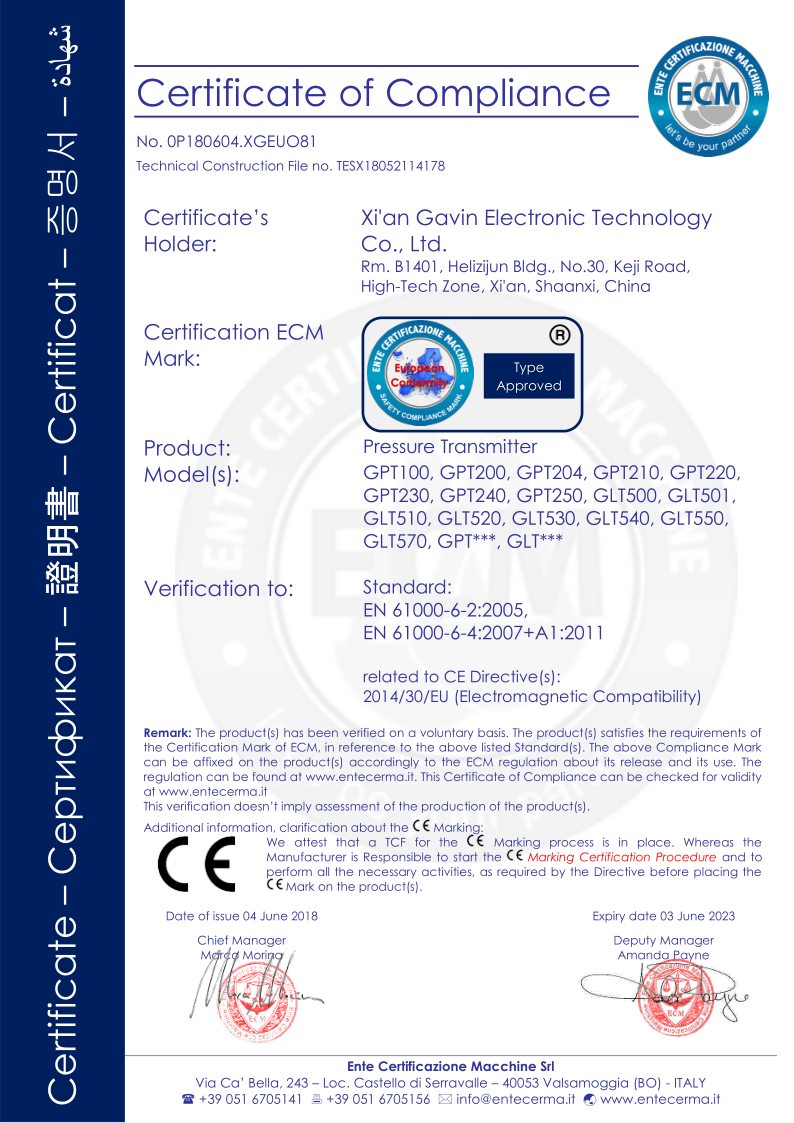
_1757930850792.jpg)
